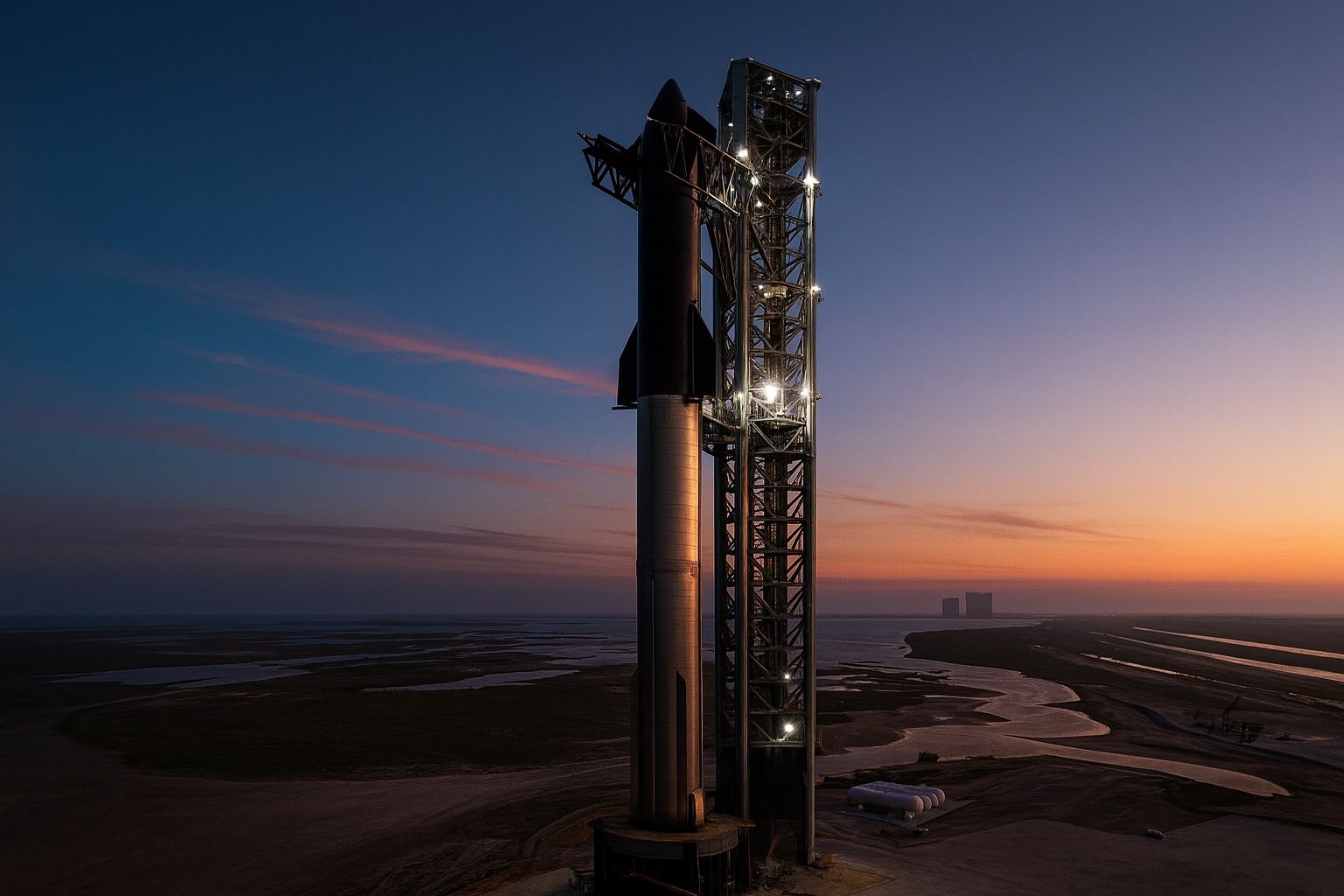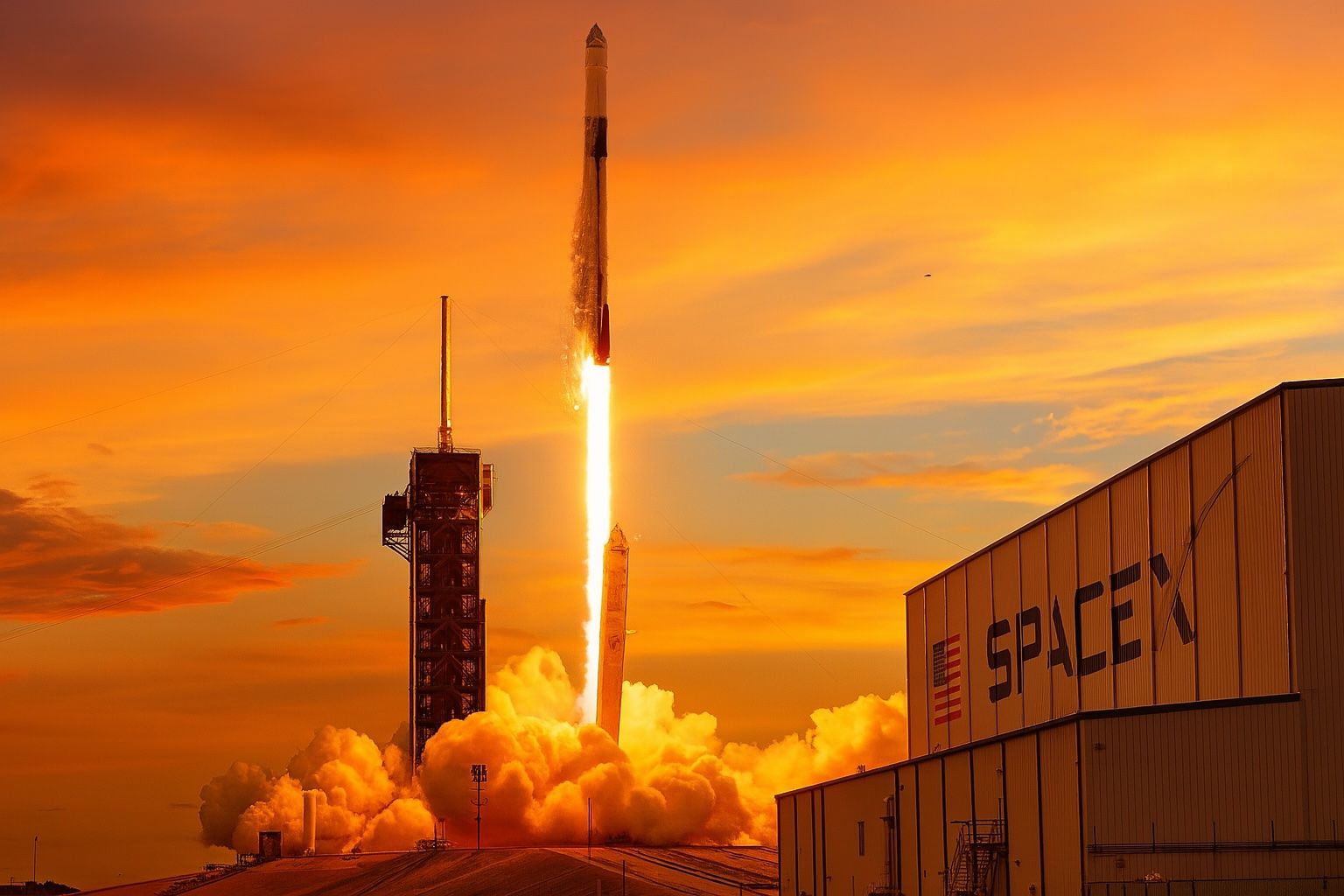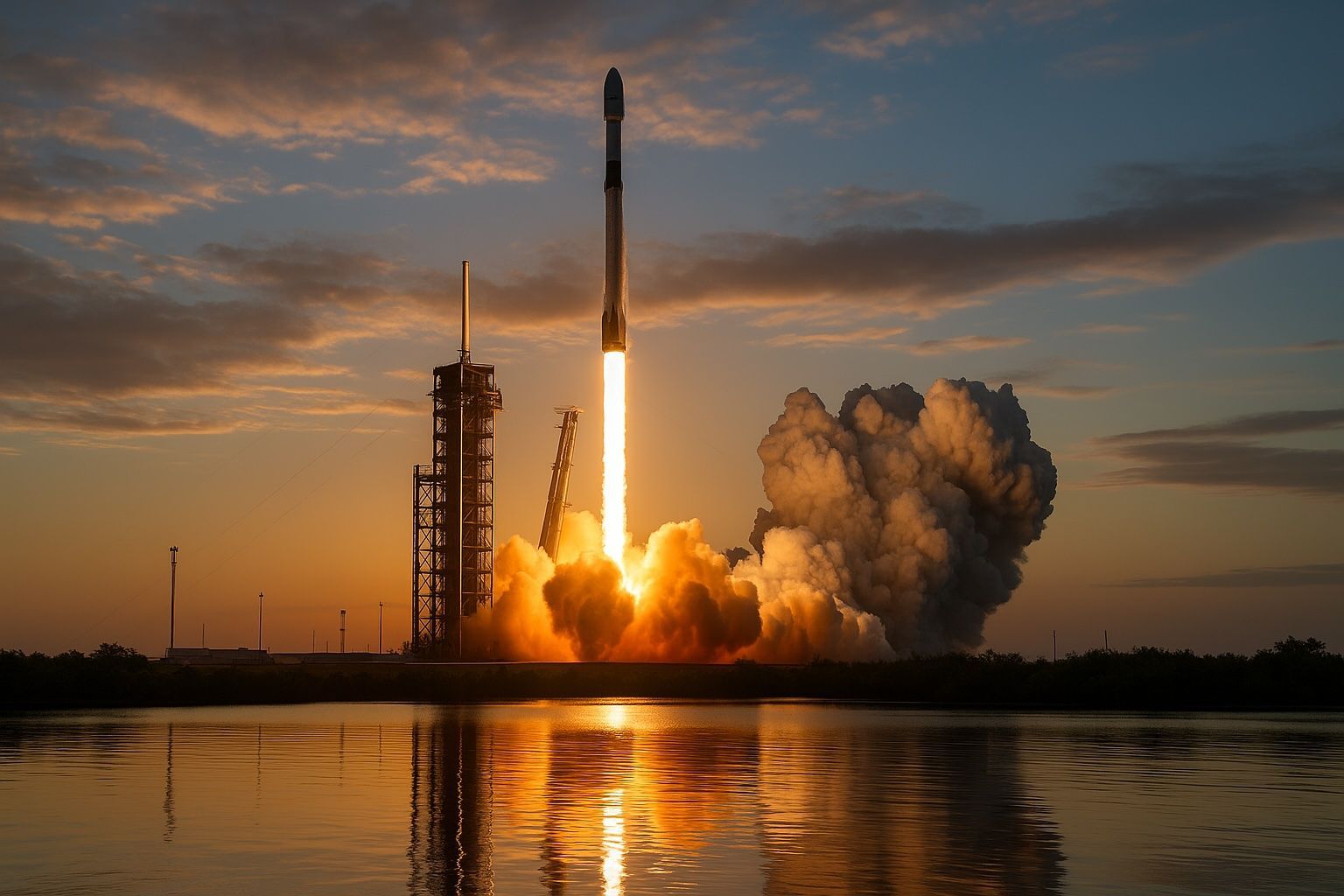
Sweden’s Space Odyssey: From Arctic Rockets to Europe’s Satellite Powerhouse
Historical Overview: Sweden’s Journey into Space Sweden’s involvement in space stretches back over six decades. In 1961, Swedish engineers launched the country’s first sounding rocket from a remote site in northern Sweden sscspace.com. This pioneering step was followed by the





